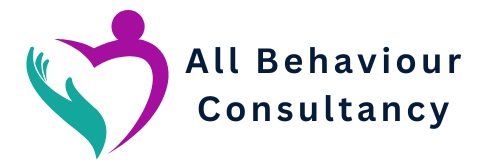What is ACT and how can it support individuals with Autism?
ACT is recognised by the National Institute of Health- National Registry of evidence-based practices and is supported by over 300 peer-review journal articles.
In simple terms, ACT tells us to “Live a rich, full, meaningful life with less struggle.”
ACT suggests that we should avoid using or teaching strategies that attempt to suppress, control or eliminate negative thoughts. Instead ACT teaches us to practice accepting these negative thoughts and feelings, and suggests alternative ways of interacting with them.
ACT has been shown to help decrease negative self-talk.ACT promotes behaviours that take us towards our values. For children with Autism, this means identifying and explaining to them how their behaviours and actions in the moments hinder them to access reinforcers.
In ACT, values are life-long goals that we strive towards, for instance, being a good parent, having good relationship with friends and family, working on career development, becoming more independent, etc.. For our learners values may be simpler and be access to their favourite activities (lego, trains, dolls, movies, etc.).
Teaching children to remain in the present moment will enable them to access what is important to them in that moment. The goal is to teach them to behave in ways that are in line with their values, which often means catching themselves in moments that move them away from their values.
Providing children with choices so that they can understand that their actions directly influence how or when they can access reinforcers (values) and by managing their thoughts and behaviours that have become fused with their actions.
ACT teaches that thoughts are simply language and do not have to control our behaviours or dictate who we are. To understand these as separate entities is known as defusion.
In practice we need to be helping children to understand that their thoughts do not have to impact their behaviour, particularly if it takes them away from their values.What is AIM and how can it support our clients?
Mindfulness and ACT work well together.
The AIM curriculum has been developed to use both these practices for children. AIM is the combination of ACT, Mindfulness and Applied Behaviour Analysis.
As a curriculum it has been around just over 10 years and was developed to support children manage their behaviours by placing greater emphasis on positive behaviour growth.
The curriculum is appropriate for all children who have acquire some level of conversational language (aka, intraverbals; answering questions, making statements, etc.).
We will be embedding AIM into our practice to specifically support children who are struggling with negative self-talk or negative thoughts about themselves, and challenging behaviours.
The curriculum is compiled of 75 mindfulness lessons and 175 daily ACT lessons.In addition..
At ABC we are excited at being able to use mindfulness and ACT with our clients to help improve their lives, through the use of the AIM Curriculum. In addition to this, research has shown that the approaches of mindfulness and ACT being used by practitioners, has an impact on learners. This has encouraged us to use these approaches ourselves, to help us become more effective teachers and practitioners!References and further reading
AIM Paginated: https://docs.wixstatic.com/ugd/1a7340_4376eebc91ac49dea08603d7953fe29f.pdfHolzel, B. K., & Lazar, S. W. (2011). Mindfulness practice leads to increases in regional brain gray matter density. Psychiatry Research: Neuroimaging, 36-43, 191(1)
Hwang, Y-S., & Kearney, P. (2013). A systematic review of mindfulness intervention for individuals with developmental disabilities: Long term practice and long lasting effects, Research in Developmental Disabilities, 314-326,34(1).

